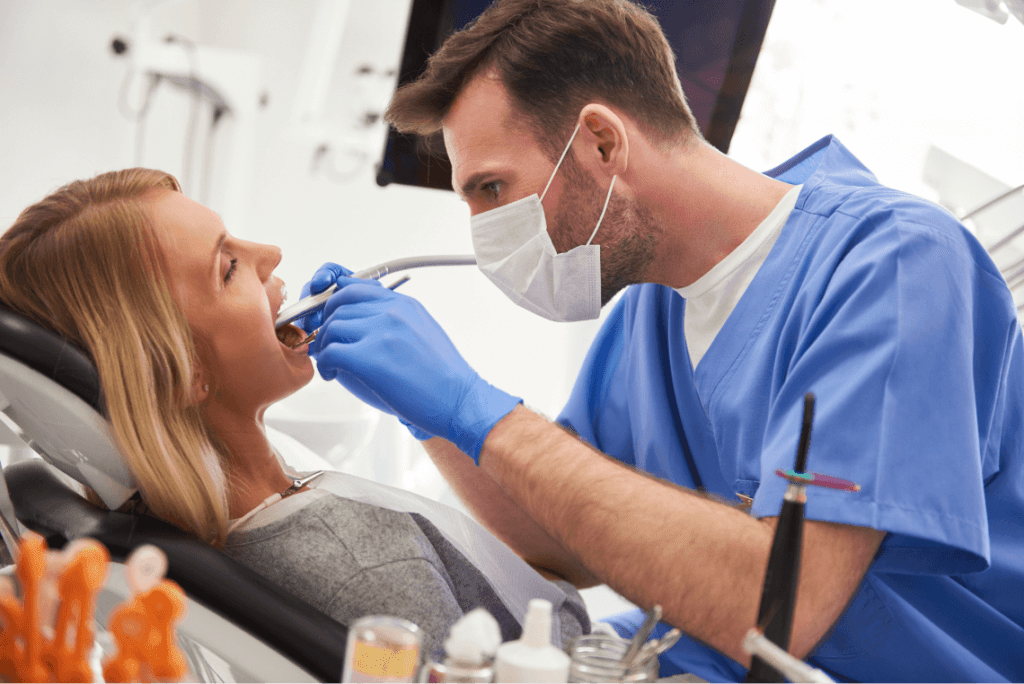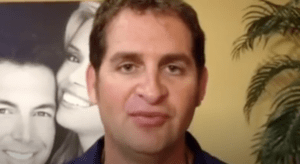
It’s, pretty much a big bang for your buck and makes your patients really comfortable. I highly recommend it! Get it!
It’s, pretty much a big bang for your buck and makes your patients really comfortable. I highly recommend it! Get it!
The Gate-Control Theory
Dr. Ronald Melzack and Dr. Patrick Wall’s paper “Pain Mechanisms: A New Theory” was described as “the most influential ever written in the field of pain.” The essential finding was that the pain sensation is conducted slowly along thin unmyelinated C nerve fibers, traveling at about two meters per second. In contrast, an impulse such as a vibration is conducted rapidly along thick myelinated A-beta nerve fibers at a rate of 75 meters per second. When these two sensations coincide, the vibration sensation reaches the sensory area of the brain first, causing a release of inhibitory interneurons, thus preventing the activation of projection neurons in the dorsal horn of the spinal cord. This results in gate closure, and the pain sensation is blocked.
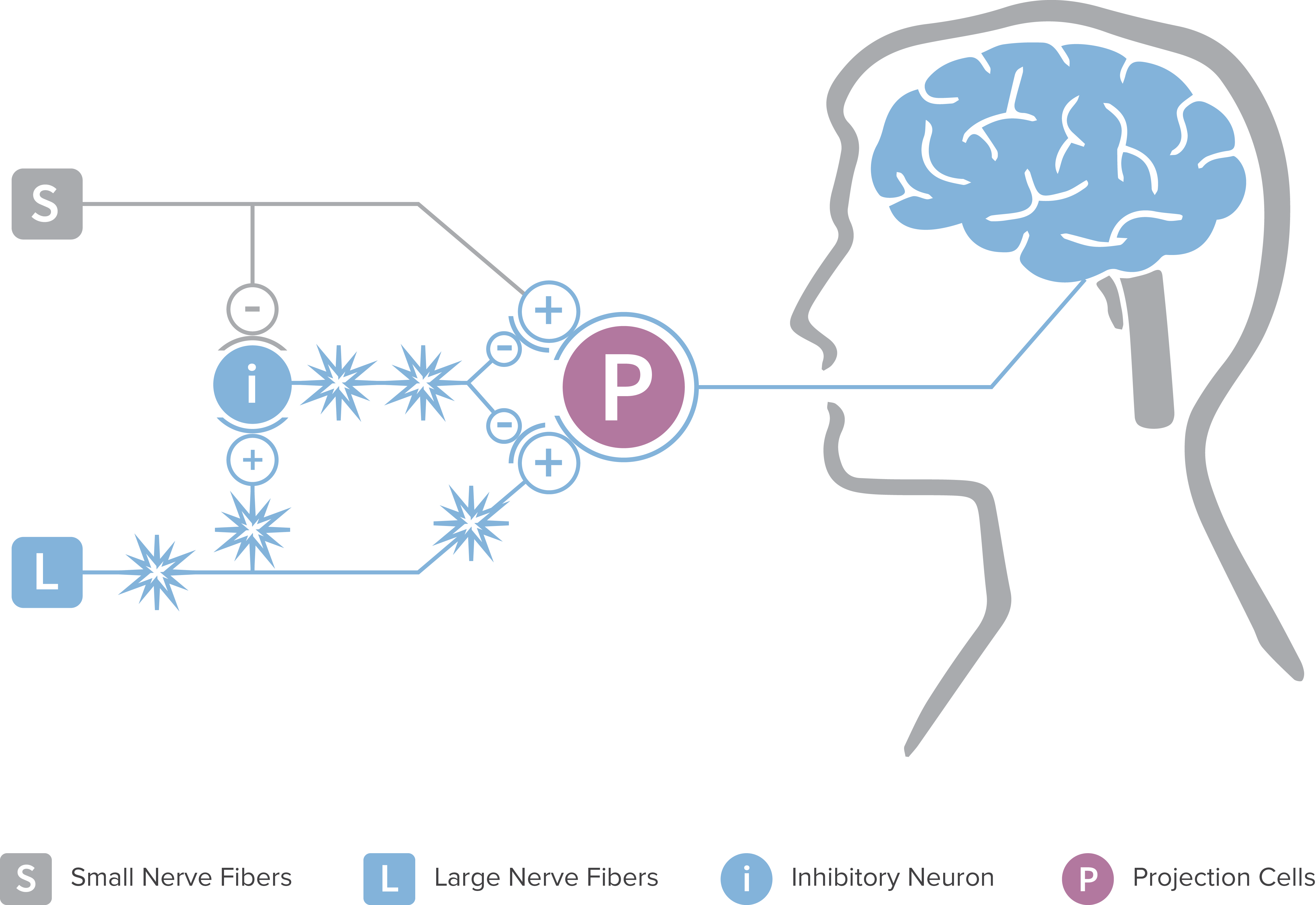
Clinical Studies

It’s, pretty much a big bang for your buck and makes your patients really comfortable. I highly recommend it! Get it!

We use the new DentalVibe and he didn’t even know she had already given him the injections!

Recent research shows a strong correlation between oral bacteria and dementia. Find out what this means and how individuals can reduce the risk of dementia.
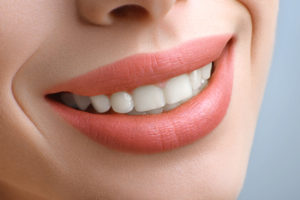
Everybody wants gleaming, white teeth. Learn how to make your teeth whiter, including options for whitening your teeth at home and even overnight.
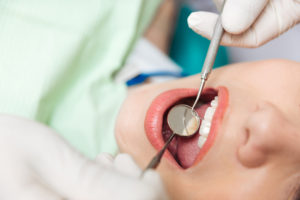
Your complete guide to oral cancer, including the common causes, symptoms, and treatments. There are over 54,000 new cases of oral cancer every year in the US.
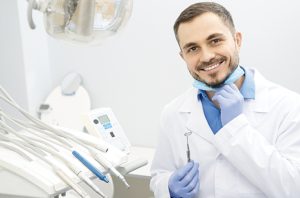
To run a successful dental practice, you have to stand out from the competition. Patients have never had more options for dental care, and they expect more than ever from healthcare providers. While quality care remains crucial, you also need to seek out other ways to improve the overall patient experience. This may include incorporating new technologies into…

Being nervous or afraid to visit the dentist is very common – in fact, it’s so common there’s a name for it: dentophobia. This type of phobia can range from mild to severe, and can cause shortness of breath, elevated heart rate and blood pressure, and other signs of anxiety, such as shaking or a sense of impending doom.

Up to eight percent of Americans avoid seeing the dentist because of anxiety and fear. Although not all of those cases would be classified as dental phobia, a fear of the dentist is a very common issue that can lead to some very serious oral health problems. Let’s examine some of the causes of dental phobia, and what you can do to help your patients address it.
* To be listed on DentalVibe directory you must be actively using DentalVibe. Copyright 2021 | Bing Innovations | DentalVibe Bing Innovations- DentalVibe – 7606 NW 6th Ave. Boca Raton , FL, 33487
877-503-8423 ext. 104 | info@dentalvibe.com
Anxiety-Free Dentistry Starts With DentalVibe!

